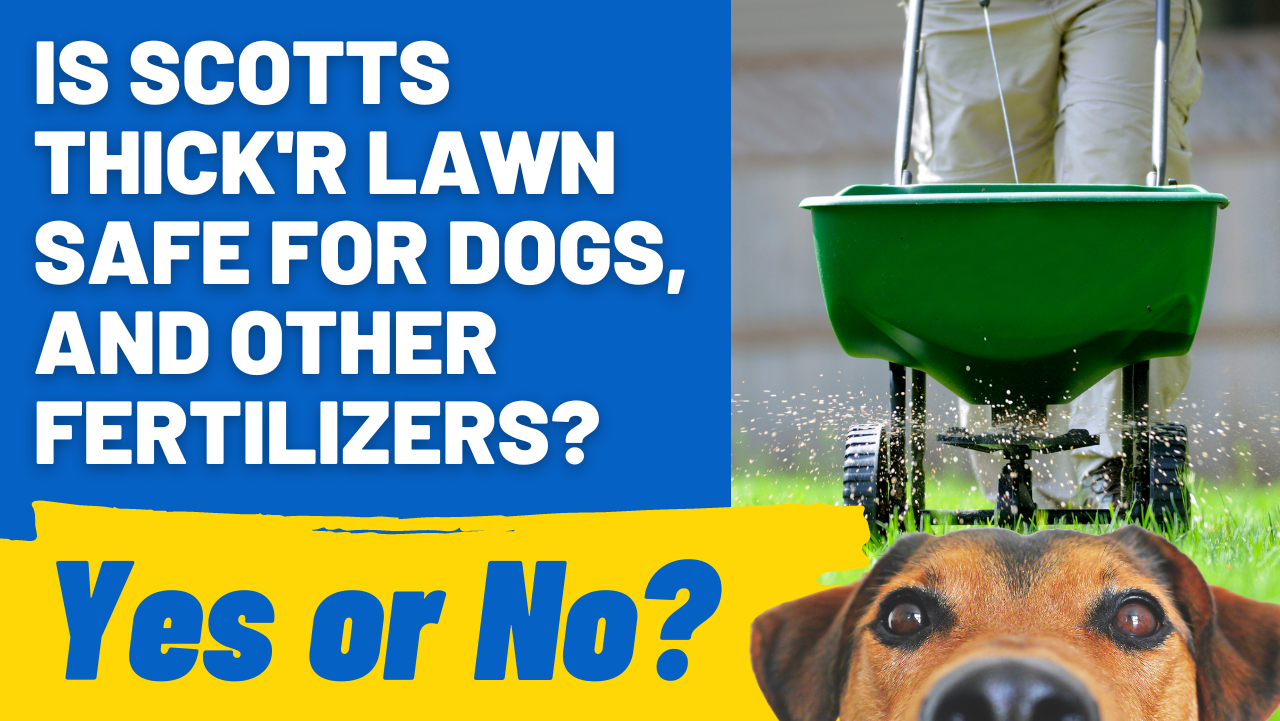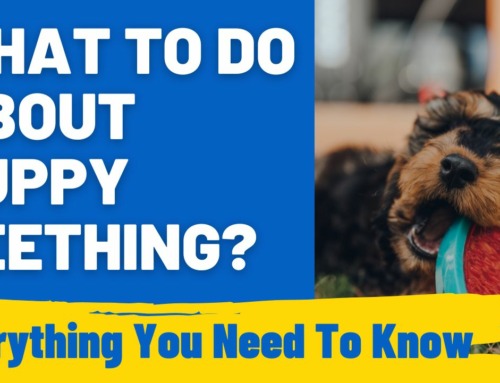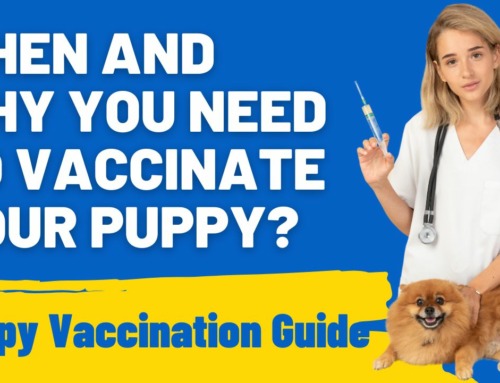Your lawn could use some food to help it grow thicker, but you’re not sure whether or not your fertilizer of choice will be harmful to your furry friend. So, is Scotts Thick’R Lawn safe for dogs or not?
Fortunately, Scotts Thick’R Lawn isn’t harmful to dogs, pets, or children. It doesn’t include any toxic components, but rather a well-balanced blend of nitrogen, phosphorus, and potassium. None of these minerals can hurt your dog, especially if you use the product according to the instructions listed on the package.
Now let’s get into the details!
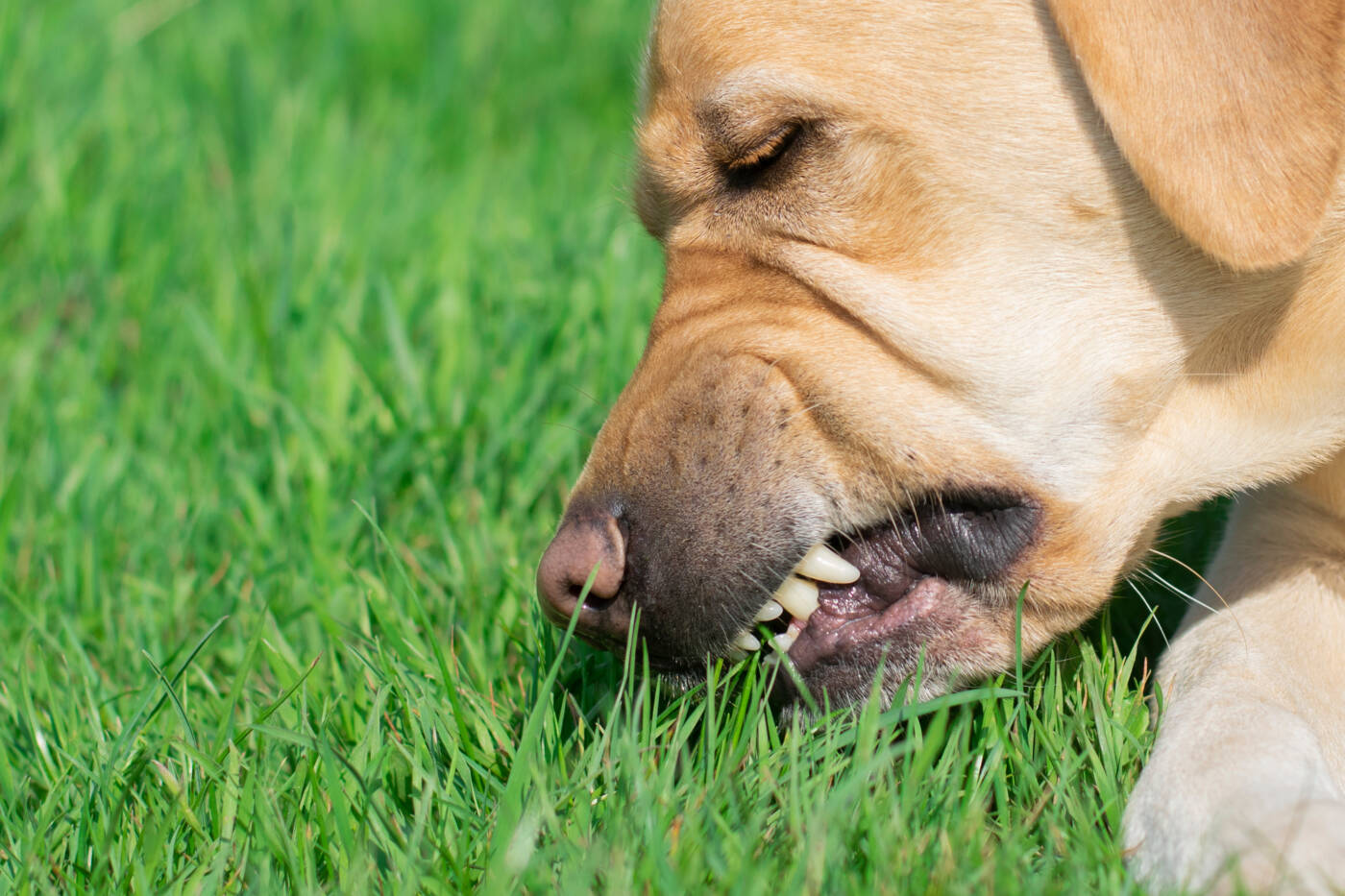
Is Scotts Lawn Builder Safe for Dogs?
Yes. Much like Scotts Thick’R Lawn fertilizer, Scotts Lawn Builder is also safe for dogs for the same reasons.
This product is animal-friendly because it doesn’t have any harmful chemicals within its composition. The concentrations of nitrogen, phosphorus, and potassium are too low to cause any harm to your pet while it’s lying on the recently treated lawn.
| Preview | Product | Price | |
|---|---|---|---|

|
Scotts Turf Builder THICK'R LAWN Grass Seed, Fertilizer, and Soil Improver for Sun & Shade, 4,000... |
$58.99 |
Buy on Amazon |
Even better, the way the manufacturer recommends you use Scotts Lawn Builder leaves no room for your dog to come in contact with large fertilizer granules.
Since you’ll water your turf right after applying the product, the granules will dissolve and settle down into the soil and away from your pet’s reach.
This way, your dog won’t be able to find fertilizer residue that he might be compelled to chew on out of curiosity!
Is Lawn Fertilizer Safe Around Dogs?
You can’t assume that all types of lawn fertilizer are safe around dogs because many other products on the market might contain harmful chemicals. So, the general idea is that no commercial lawn fertilizer is pet-friendly unless the manufacturer states otherwise.
Still, can you tell whether or not a certain brand is safe around dogs by just checking out the package? Yes, you can!
First off, it’s best to steer clear of fertilizers that have pesticides or herbicides. While they aren’t downright lethal to dogs, they’re much less safe than fertilizers that don’t include them.
If a dog accidentally consumes this type of fertilizer, he might suffer from several worrisome symptoms such as:
- Diarrhea
- Excessive drooling
- Vomiting
Usually, these symptoms won’t last for more than a day. However, if there are no signs of a dog getting better after ingesting lawn fertilizer, a visit to the vet is a must.
Second off, you should also avoid products that are labeled as weed killers. This is another way to know that the fertilizer in question has a good amount of herbicide. The same applies to fertilizers that claim that they kill insects—they contain insecticide.
You might like to read our post, Puppy is Eating Grass: Should You Be Concerned?
How to Stop My Dog From Ingesting Lawn Fertilizer?
If you’ve bought fertilizer that has herbicide or pesticide, there’s no reason to throw it away. All you’ll have to do to ensure your doggo’s safety is to water your lawn thoroughly after applying the fertilizer until the granules have completely dissolved.
Then, keep your dog inside the house until the lawn completely dries out. Once it’s dry, that’ll be your signal that the lawn is once again safe for your dog to lounge or play on it with no worries.
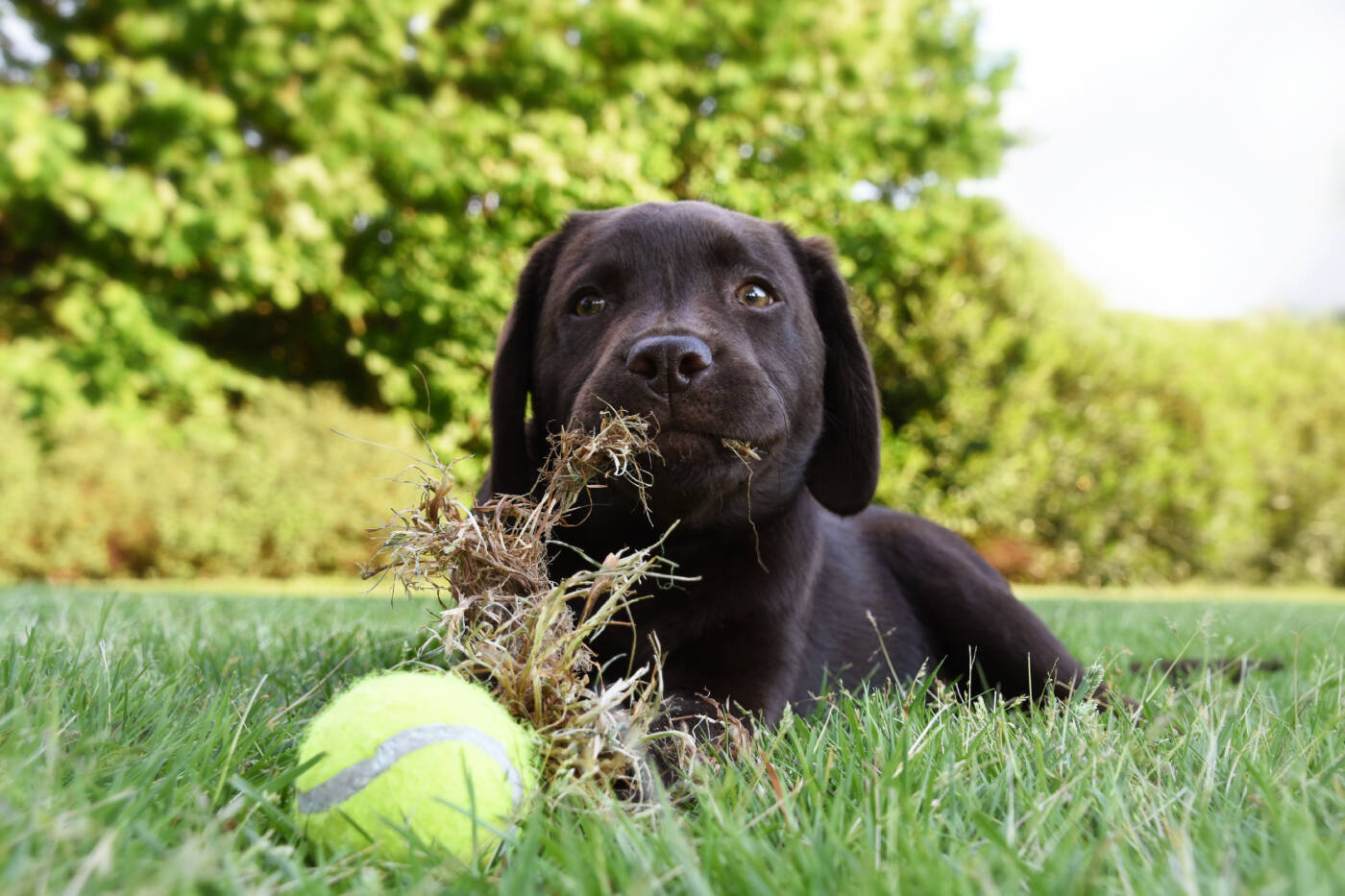
How Long After Fertilizing My Lawn Can I Let My Dog Out?
This depends on the type of fertilizer you’ve applied to your turf.
If it’s dog-friendly, like most Scott products, you can let your dog out onto the lawn without having to wait a certain amount of time. Just make sure you’ve properly followed the manufacturer’s guidelines when using the fertilizer before letting your dog out.
In this scenario, there’ll be no need to let the lawn dry out before your dog can get on it. Still, it’s a better practice to water the fertilizer for around 30–60 minutes, then let it dry a bit before allowing your dog to use it, even if it’s non-toxic.
This minimizes the chances of your dog ingesting fertilizer granules.
On the other hand, you’ll have to be extra careful with other fertilizers that aren’t marketed as pet-friendly. As we already mentioned, using fertilizers with herbicides or pesticides goes hand-in-hand with waiting for the lawn to dry before letting your dog out.
Usually, it’ll take 24 to 48 hours until your dog can safely play on the treated lawn. This amount of time can be more or less depending on the weather. If it’s already warm outside, it’ll take significantly less time for your lawn to dry, and vice versa if the weather is cold or rainy.
Should I Keep My Dog Off the Lawn After Fertilizing?
To be on the safe side, we recommend that you keep your dog off the lawn after applying fertilizer. It’s a great idea to do this with both non-toxic products as well as those that contain herbicides, pesticides, or other additives that may be harmful to a pet.
For one, doing that will let the grass and soil gain as many benefits as they can from the fertilizer without your dog’s interference!
Secondly, it gives the dissolved granules the chance to settle completely into the soil and out of your little furry friend’s reach.
The same goes for other pets as well as children. Make sure they don’t go out onto the treated lawn until the recommended time on the packaging has passed.
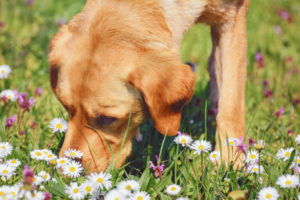
To Wrap It Up
If you’ve been wondering whether or not the Scotts Thick’R Lawn fertilizer is safe for your dog, you now have your in-depth answer. Most Scotts fertilizers aren’t harmful to pets as they don’t have any toxic components that could upset a dog’s stomach.
Nevertheless, it’s best to not let your dog get on the treated lawn until it dries out. Waiting from a couple of hours to a full day before allowing your dog to step on it should limit the chances of him ingesting fertilizer granules.
In turn, this should prevent troublesome symptoms such as vomiting, diarrhea, and drooling.

